The 15 Best Tom Doak Designed Golf Courses In The World
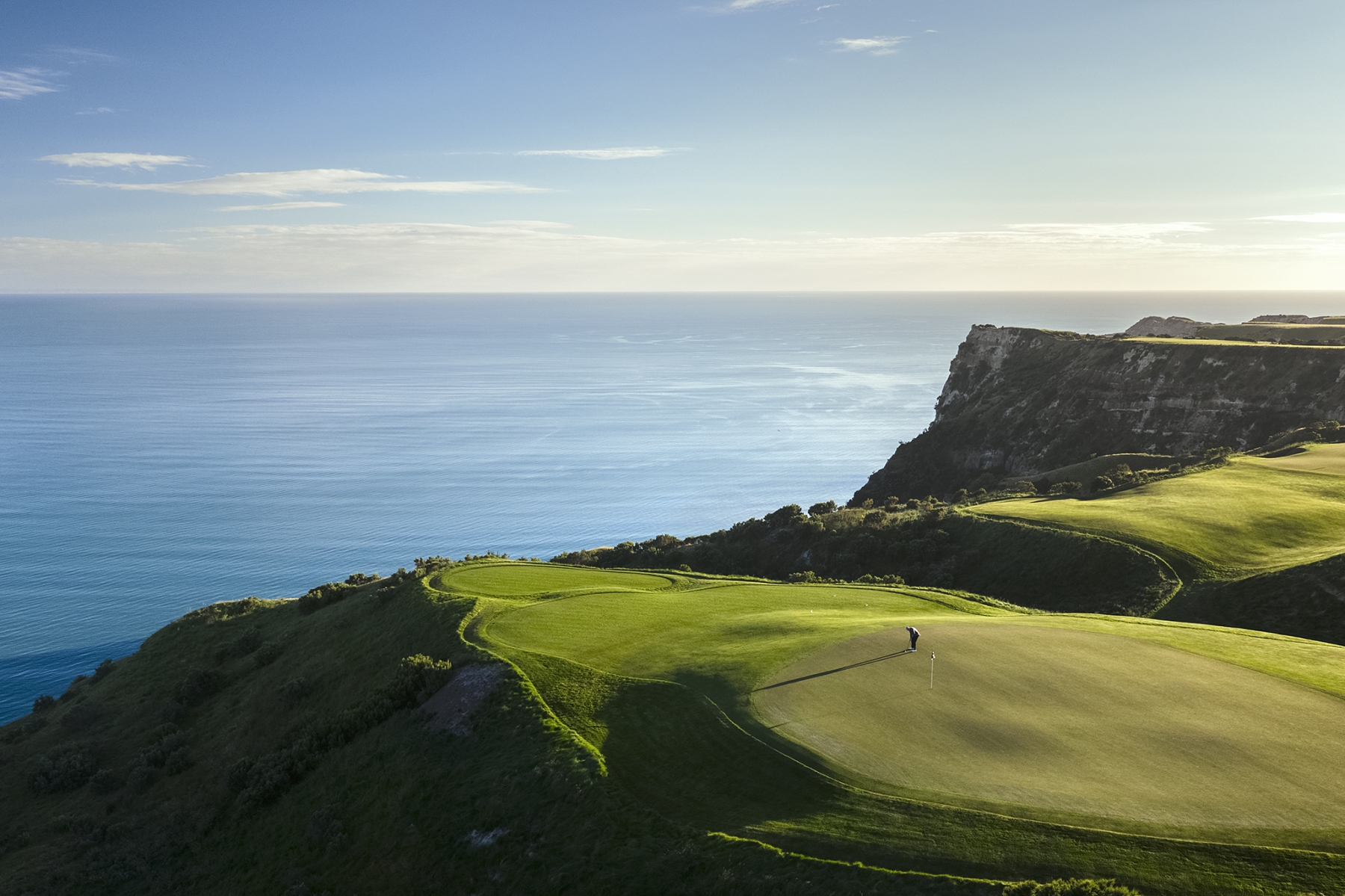
Tom Doak, a name synonymous with innovative and naturalistic golf course design, has left an indelible mark on the world of golf architecture. From his early days exploring courses with his father to his current status as one of the industry’s most respected figures, Doak’s journey is as fascinating as the courses he creates.
Born in New York and raised in Connecticut, Doak’s passion for golf course architecture began in his youth. His early exposure to iconic courses like Harbour Town and Pebble Beach sparked a curiosity that would shape his career. This interest led him to study Landscape Architecture at Cornell University, where he won a scholarship to study classic links courses in the British Isles.
After graduation, Doak immersed himself in the world of golf, caddying at St Andrews and embarking on a seven-month journey to play and examine notable courses across the region. This hands-on experience, combined with his apprenticeship under the renowned Pete Dye, laid the foundation for his unique design philosophy.
Doak’s approach, characterized by minimalism and a deep respect for the natural landscape, has resulted in some of the most celebrated modern golf courses. His firm, Renaissance Golf Design, has created numerous world-class layouts that have earned spots in global top 100 rankings.
We’ll explore some of Tom Doak’s finest golf course designs, examining how his innovative approach and deep understanding of golf course architecture have produced some of the most compelling and critically acclaimed courses of our time. From the rugged beauty of Pacific Dunes to the strategic brilliance of Ballyneal, we’ll delve into the elements that make Doak’s designs stand out in the world of golf.
Streamsong Resort, Blue Course – Bowling Green, Florida
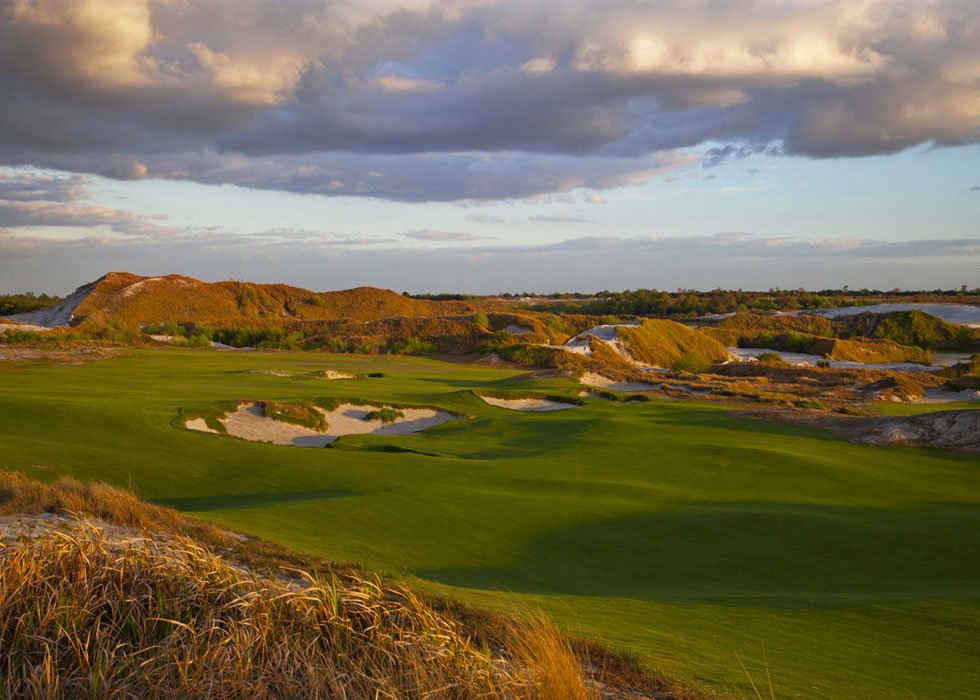
The Blue Course at Streamsong Resort showcases a unique landscape in Central Florida. Doak himself praised the land’s exceptional contours, which differ significantly from typical Florida or Carolina terrains, making it an ideal canvas for golf.
Medinah Country Club, Course One – Medinah, Illinois
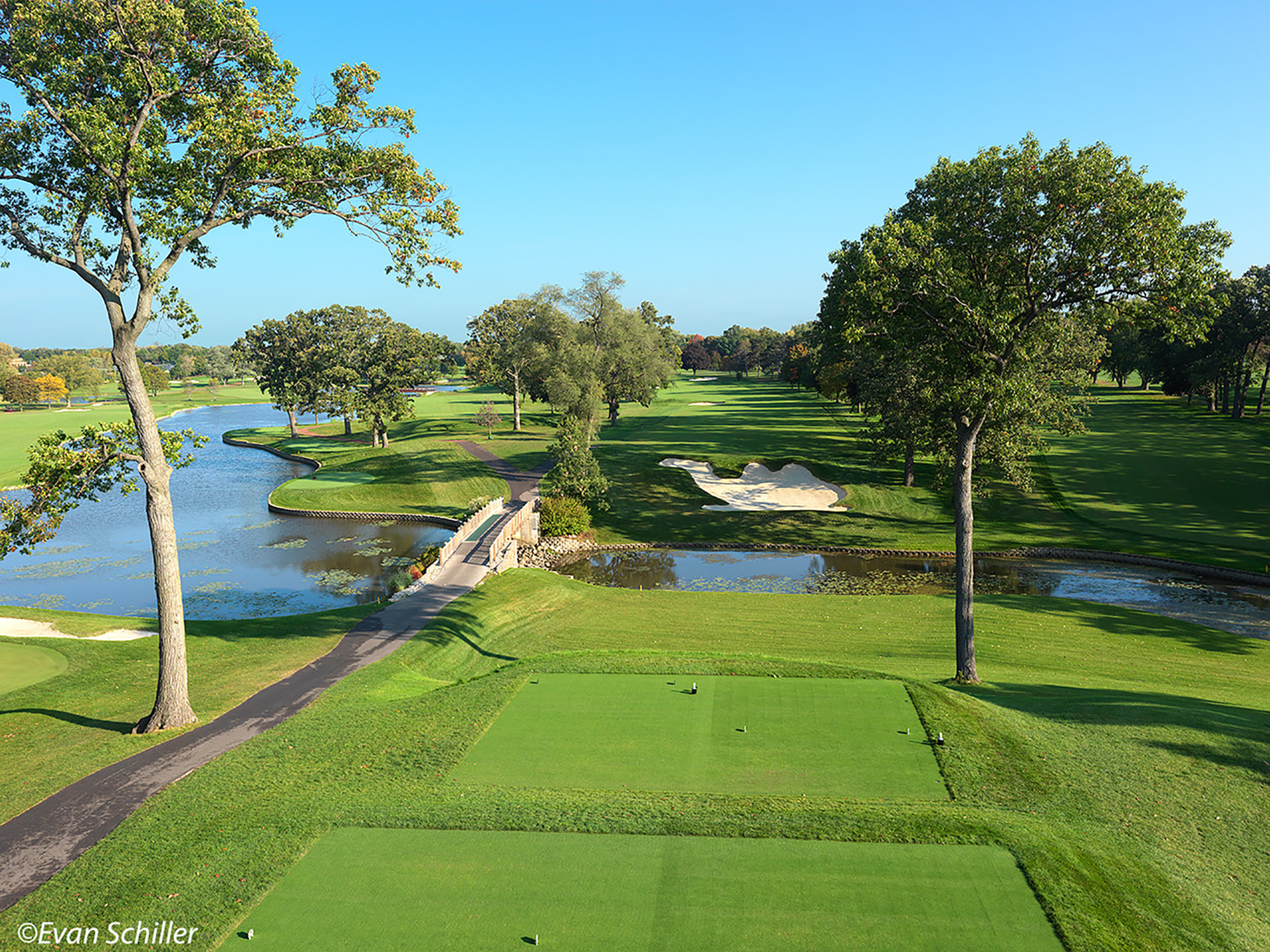
Doak’s design of Course One at Medinah Country Club adds to the famed golf mecca’s allure. Each hole presents unique challenges, creating a focused and engaging golfing experience within the club’s beautiful surroundings.
Pacific Dunes – Bandon, Oregon

Pacific Dunes celebrates the natural landscape, preserving much of the original terrain. Opened in 2001, it features sweeping 60-foot sand dunes, natural bunkering, and rippling fairways along the stunning Oregon coast, exemplifying Doak’s minimalist approach to course design.
Tara Iti – Mangawhai, New Zealand
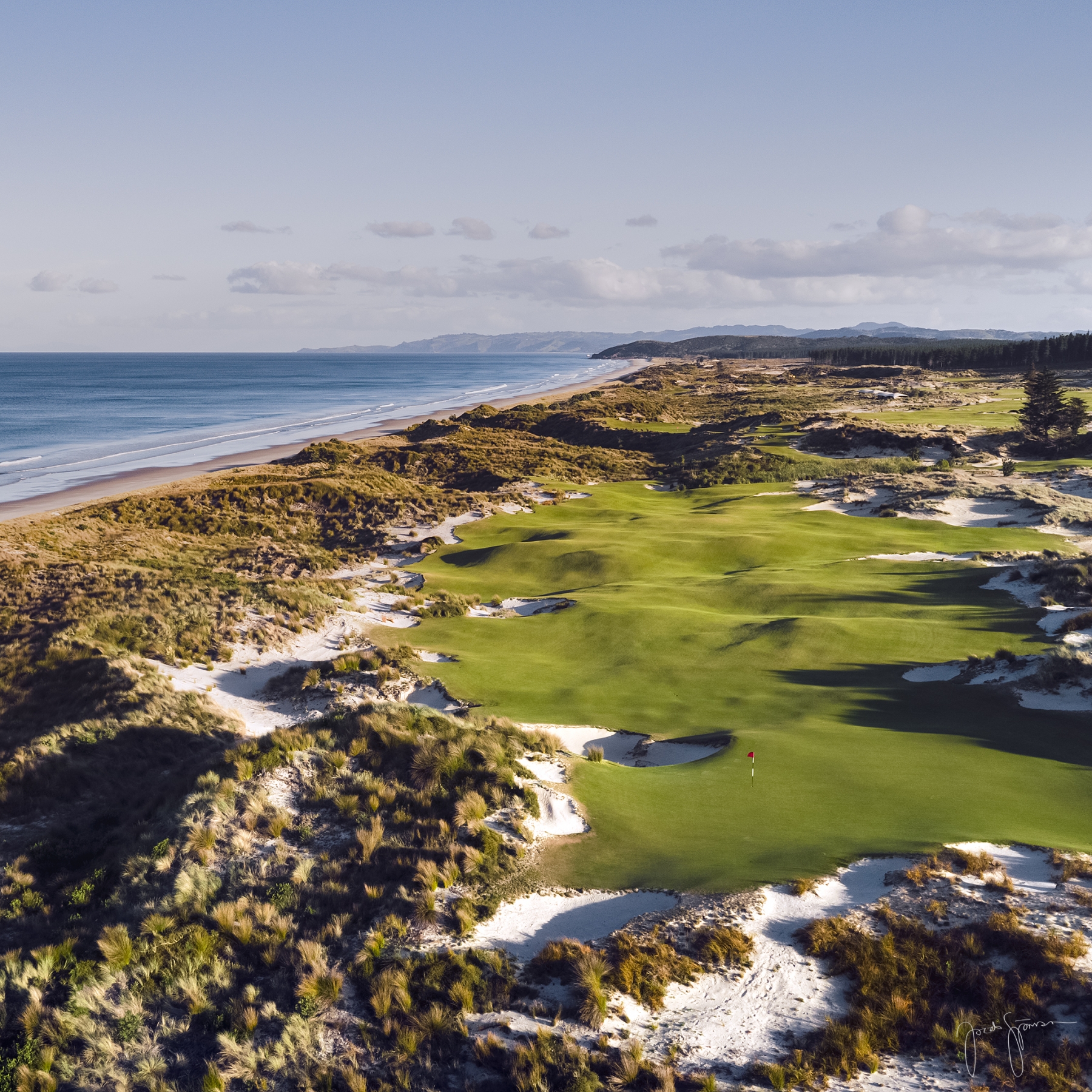
Tara Iti, opened in 2015, quickly gained global recognition, debuting at No. 6 on Golf Digest’s “World’s 100 Greatest Courses.” This private club, originally built for friends and family, offers a links-inspired design reminiscent of courses in New York and Bandon Dunes.
Old Macdonald – Bandon, Oregon
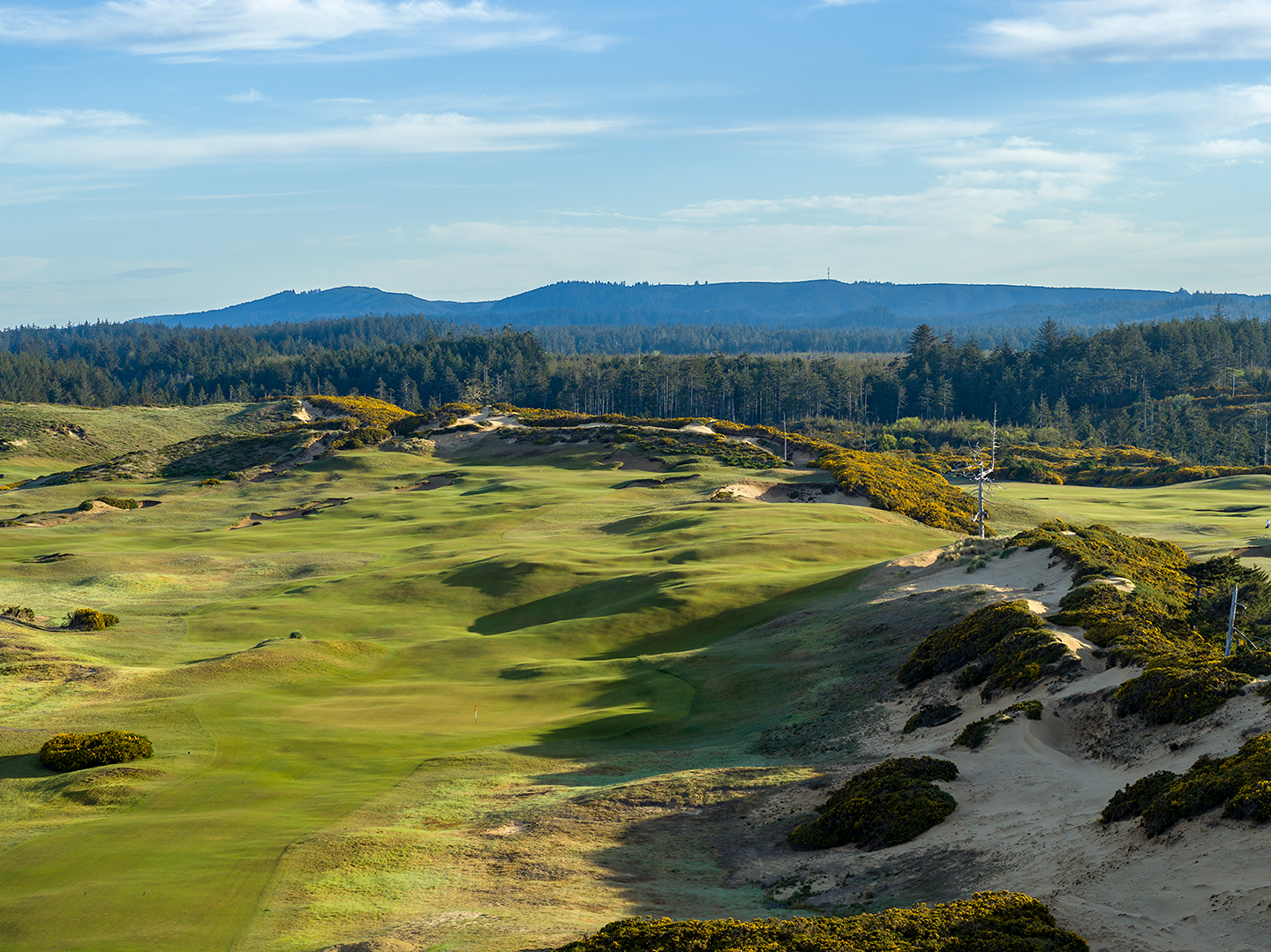
Old Macdonald, designed by Doak and Jim Urbina, pays homage to architect Charles Blair Macdonald. This Bandon Dunes addition features risk-reward shots, challenging bunkers, and stunning Pacific views, embodying the spirit of classic golf course design.
Sebonack Golf Club – Southampton, New York

Sebonack Golf Club, a collaboration between Doak and Jack Nicklaus, spans 300 acres along Long Island’s Great Peconic Bay and Cold Spring Pond. The course’s design harmonizes with the natural landscape, earning its place among prestigious neighbors like National Golf Links of America and Shinnecock Hills.
Ballyneal Golf and Hunt Club – Holyoke, Colorado

Ballyneal brings links-style golf to Eastern Colorado. Known for its sand dunes, firm fairways, and gusty winds, the course stands out for its commitment to pure golf, eschewing tee markers for a more authentic experience.
Cape Kidnappers Resort – Napier, New Zealand
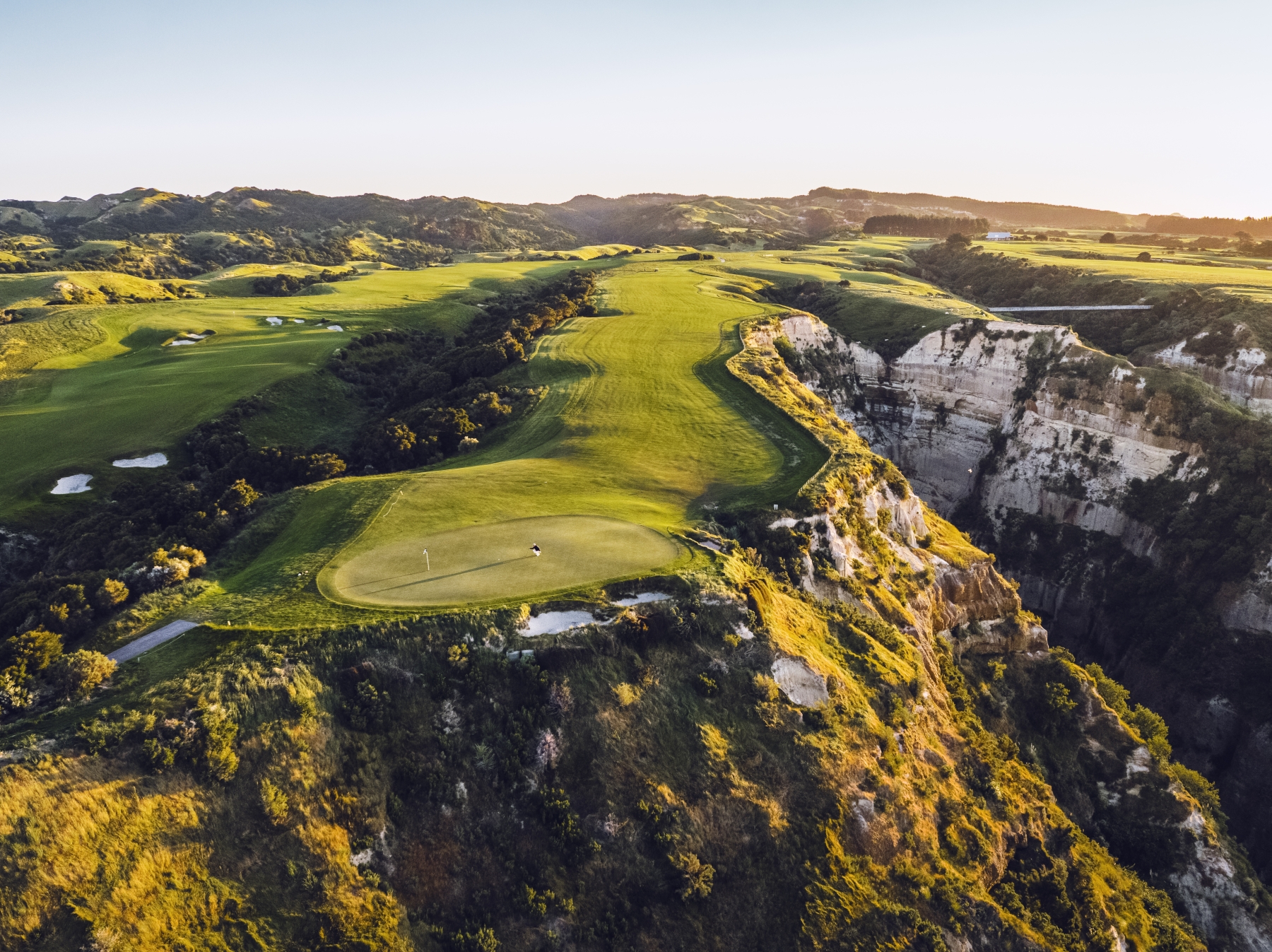
Cape Kidnappers, completed in 2004, is one of Doak’s most visually striking designs. Perched on oceanfront cliffs, it offers sea views from every hole, complemented by firm fairways, fast greens, and deep bunkers for a challenging play.
Barnbougle Dunes – Bridport, Tasmania, Australia

Barnbougle Dunes, designed by Doak and Mike Clayton, transforms a former potato farm on Tasmania’s northeast coast into a Scottish and Irish links-inspired course. It features wide fairways, undulating greens, and dramatic sand dunes.
Dismal River Club, Red Course – Mullen, Nebraska

The Sand Hills of Nebraska provide an exceptional canvas for golf, described by Ben Crenshaw as “the promised land.” Tom Doak’s Red Course at Dismal River Club exemplifies this natural beauty, with many of its greens requiring minimal alteration from their original state.
Unlike the Jack Nicklaus-designed White Course, Doak’s Red Course follows a unique path. It begins in the high dunes and gradually descends to the banks of the Dismal River, which comes into play near the 16th and 18th greens. The course features an unconventional open-jaw routing, meaning it doesn’t loop back to its starting point, allowing for a more diverse and dramatic use of the landscape.
Rock Creek Cattle Company – Deer Lodge, Montana

Montana’s vast, awe-inspiring landscape dwarfs any single golf course, yet Doak’s design at Rock Creek Cattle Company offers a captivating glimpse into the region’s natural splendor and diversity. The course follows an open-loop layout that climbs over 250 feet from the clubhouse to its peak at the seventh tee. From there, it weaves its way back down, culminating in a dramatic par-3 17th green. This hole is strategically placed at the end of a natural funnel, bordered by the energetic flow of the mountain stream, immersing players in Montana’s rugged beauty.
The Golf Club at St. Andrews Beach, Gunnamatta Course – Rye, Victoria, Australia
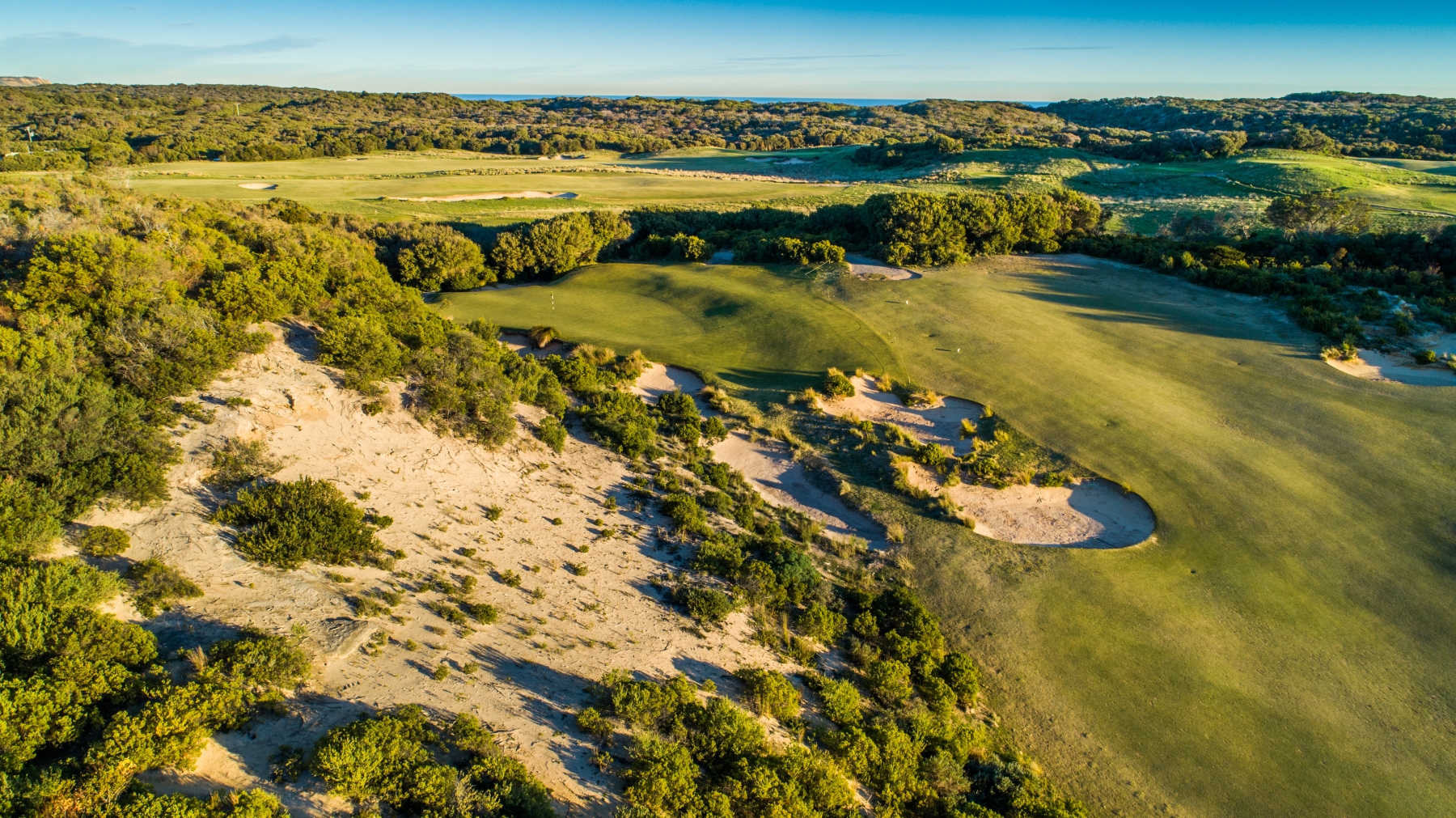
Doak’s design philosophy shines at the Gunnamatta Course at St. Andrews Beach. While acknowledging that not all sites are suited for a minimalist approach, this project exemplifies Doak’s preference for discovering natural holes within the existing landscape. The Gunnamatta Course stands out as one of Renaissance Golf Design’s least artificially altered projects. Apart from refining green contours and creating bunkers, only three holes required any significant earthmoving. This approach showcases Doak’s skill in harmonizing course design with the natural terrain, resulting in a layout that feels organic and seamlessly integrated with its surroundings.
The Tree Farm – Batesburg-Leesville, South Carolina
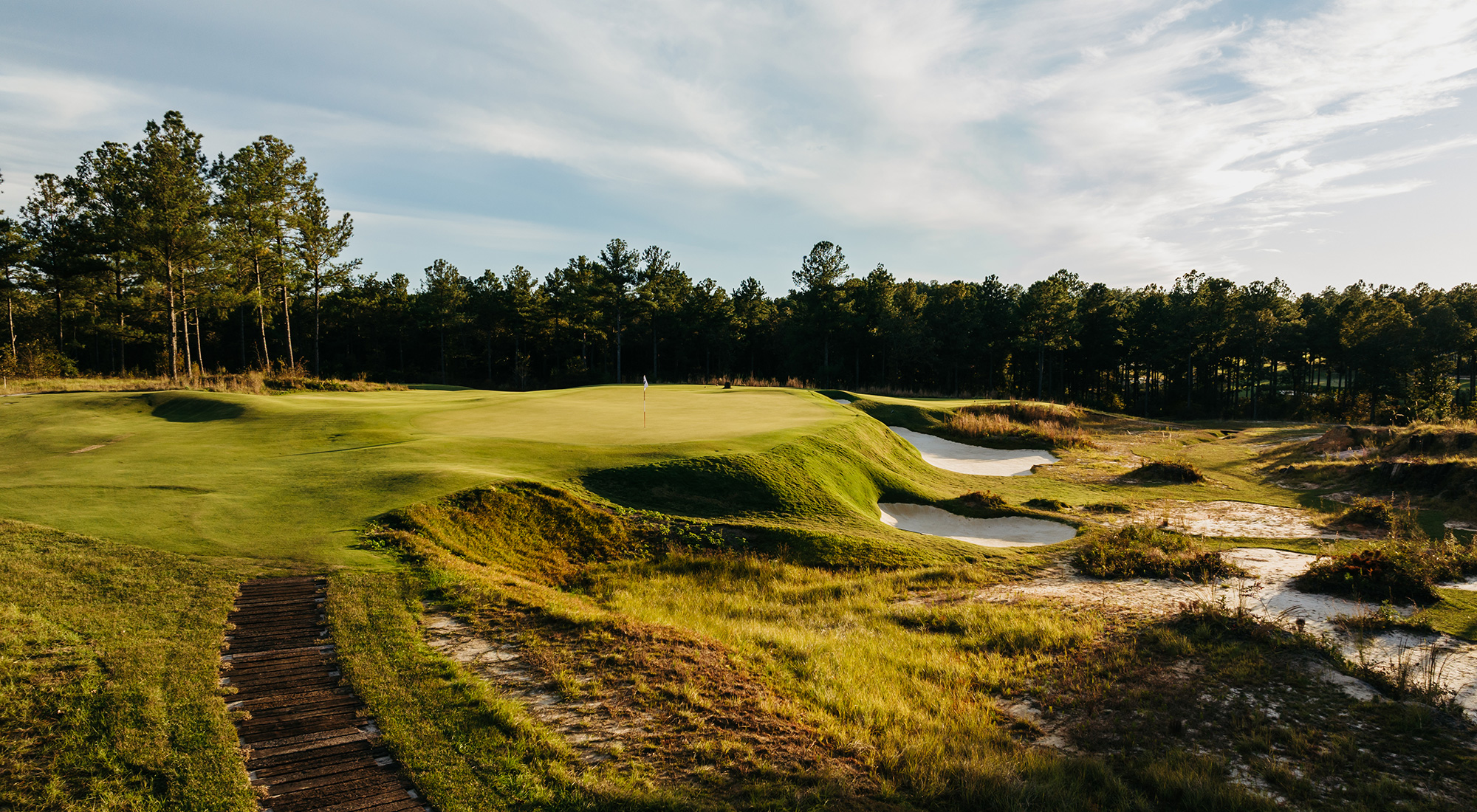
The Tree Farm exemplifies a true collaboration between Tom Doak, Kye Goalby, and Zac Blair. Doak’s skillful routing maximizes the natural terrain, minimizing the need for extensive earthmoving. The design features short green-to-tee transitions, enhancing walkability and supporting the club’s emphasis on swift play. The greens are shaped to welcome run-up shots from strategic angles, offering players a full spectrum of aerial and ground-game options. Goalby and Blair opted for a sparse use of fairway bunkers, instead relying on the land’s natural contours to challenge players with uneven stances and lies. Each of the 18 holes offers a unique experience, and the course’s flexible setup ensures that it remains engaging and enjoyable even after numerous rounds. This design philosophy reflects Doak’s commitment to creating courses that blend seamlessly with their environment while providing enduring interest for golfers of all skill levels.
The Renaissance Club – Gullane, East Lothian, Scotland
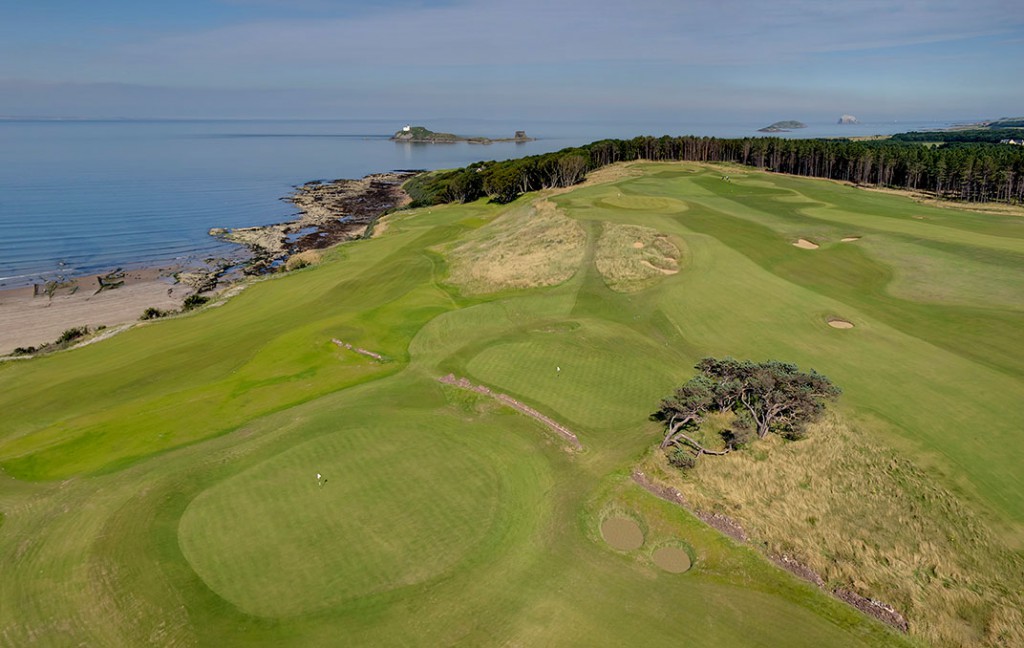
For Doak, the Renaissance Club project represented a treasured return to Scotland’s golfing heartland. It also provided his team with an invaluable opportunity to immerse themselves in the rich golfing tradition of the area, much as Doak had done after graduating from Cornell. Situated near the renowned courses of Muirfield and North Berwick, the team’s mission was clear: create a course that would earn the respect of the Scots, while harmoniously blending with its surroundings. The design draws inspiration from its illustrious neighbors, yet maintains its own distinct character. This project allowed Doak and his firm to contribute their own chapter to Scotland’s storied golfing landscape, crafting a course that both honors tradition and offers a fresh golfing experience.
(This content was created with the help of AI, and edited by a human.)
The Loop at Forest Dunes – Roscommon, Michigan
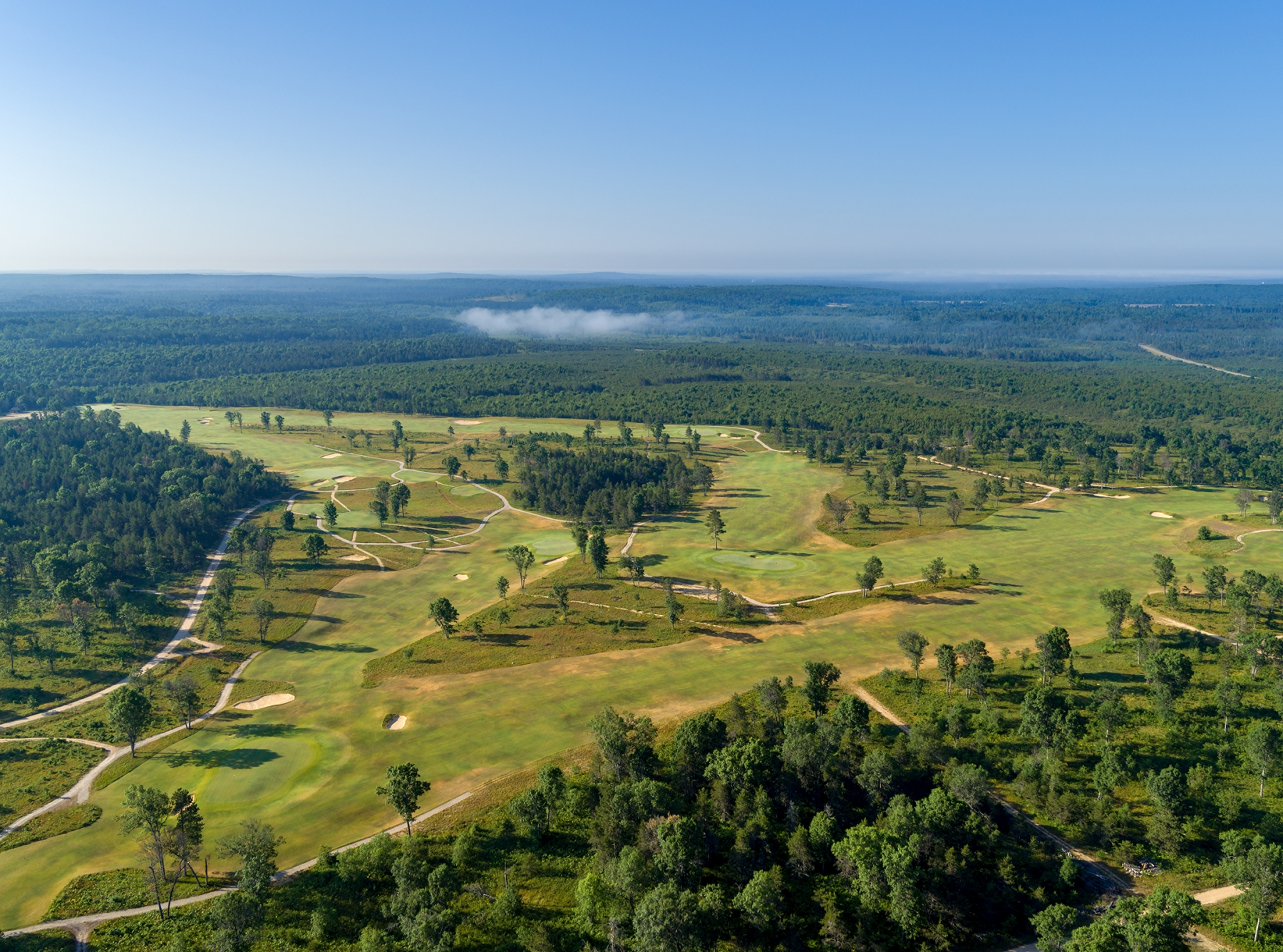
The Loop, Tom Doak’s innovative reversible 18-hole design at Forest Dunes Resort in northern Michigan, was completed on September 1st, 2015. This unique concept, which Doak had contemplated for nearly two decades, offers two distinct courses on a single layout. On even-numbered days, the course is played clockwise, while on odd days, it’s played in the opposite direction, creating an entirely different golfing experience. The project, constructed during Michigan’s short summer season, aimed to transform Forest Dunes into a standalone destination. By offering two courses for the price of one, The Loop encourages visitors to extend their stay and experience both versions of the course. The design’s ingenuity lies in creating two loops so distinct that golfers are compelled to play multiple rounds to fully appreciate how the two layouts coexist on the same terrain.




